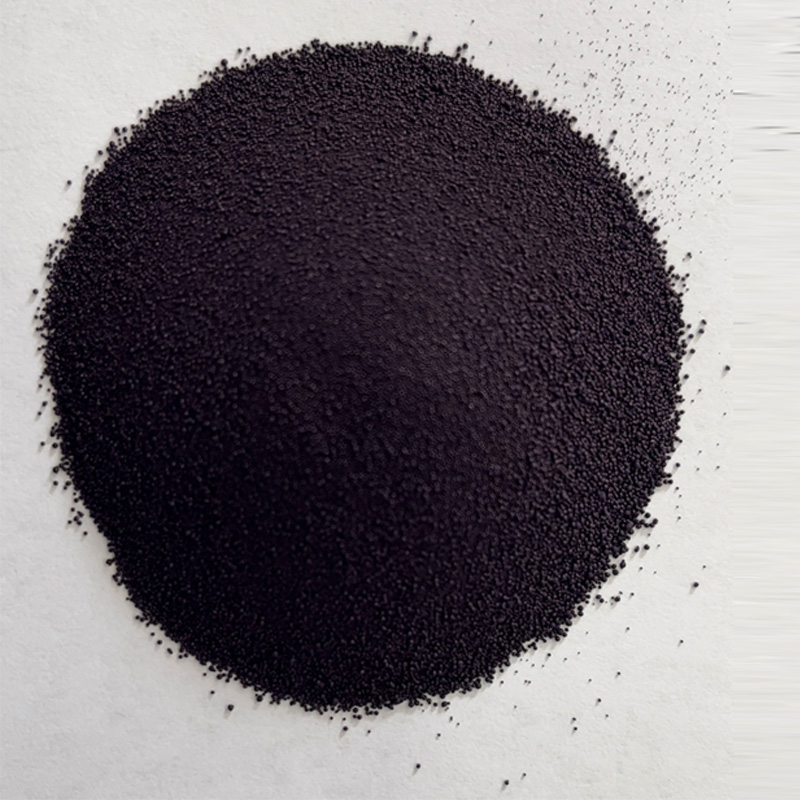Exploring the Rich Heritage and Innovation of Indigo Textiles in Modern Fashion and Artistry
Indigo Textiles A Timeless Tradition
Indigo textiles have captured the imagination of cultures around the world for centuries, embodying a rich history and a deep connection to tradition. The deep, rich blue derived from the indigo plant has been cherished for its unique aesthetic appeal and the intricate methods of its production. Today, indigo textiles are experiencing a revival, celebrated not only for their beauty but also for their cultural significance and sustainable qualities.
The art of dyeing with indigo dates back thousands of years and spans numerous continents, including Asia, Africa, and the Americas. The process begins with the indigofera plant, which is harvested, fermented, and processed to extract the dye. Unlike many synthetic dyes available today, natural indigo dye is not harmful to the environment, contributing to its resurgence in the age of sustainable fashion. This natural dyeing process is often manual and labor-intensive, highlighting the craftsmanship and dedication of artisans involved in creating indigo textiles.
One of the most well-known cultures associated with indigo textiles is that of Japan. The Japanese have honed indigo dyeing techniques over generations, producing captivating fabrics that range from traditional boro textiles to contemporary fashion. Boro, a style characterized by patched together fabrics, tells a story of scarcity, resilience, and ingenuity. Each piece is unique, offering a glimpse into the lives of those who wore it. The slow, meticulous process of creating these textiles also emphasizes a deeper appreciation for materials and crafts—values that resonate strongly in today's fast-fashion world.
In West Africa, indigo dyeing is intertwined with social and cultural rituals, where patterns often symbolize the wearer's identity and status. The Hausa people, for example, are known for their distinct indigo-dyed cloth, with motifs that can convey messages or represent local myths. The vibrant hues and intricate designs not only make the textiles visually striking but also reflect the rich cultural narratives of the communities that create them.
indigo textiles

In recent years, there has been a growing trend towards environmentally-friendly practices in the fashion industry, leading to a renewed interest in indigo textiles. Designers and brands are increasingly incorporating indigo into their collections, often prioritizing sustainable harvesting methods and ethical labor practices. This trend resonates with consumers who are increasingly aware of the environmental impact of their purchases and are seeking out products that align with their values.
Moreover, the tactile quality of indigo-dyed fabrics adds to their allure. The deep color and soft texture make them versatile for a variety of applications, from clothing and accessories to home furnishings. The natural fading and aging process of indigo textiles create a unique patina over time, often cherished by wearers as a form of character and history. This idea of textiles evolving along with their owners reflects a connection to the past and an investment in quality—attributes that stand in stark contrast to the disposability of modern fast fashion.
As we move forward into an era where sustainability and mindfulness are essential, indigo textiles offer a path that honors tradition while embracing innovation. The future of indigo lies in the hands of both artisans carrying on age-old techniques and contemporary designers melding these traditions with modern sensibilities. In doing so, indigo textiles not only preserve the artistry of the past but also lay the groundwork for a more sustaining and responsible approach to fashion.
In conclusion, indigo textiles represent a profound connection between cultures, traditions, and sustainable practices. Their intricate beauty and timeless appeal inspire admiration and respect, reminding us of the stories woven into the fabric of our lives. Embracing indigo is not just about aesthetics; it is an acknowledgment of our shared history and a commitment to a more sustainable future.
-
The Timeless Art of Denim Indigo Dye
NewsJul.01,2025
-
The Rise of Sulfur Dyed Denim
NewsJul.01,2025
-
The Rich Revival of the Best Indigo Dye
NewsJul.01,2025
-
The Enduring Strength of Sulphur Black
NewsJul.01,2025
-
The Ancient Art of Chinese Indigo Dye
NewsJul.01,2025
-
Industry Power of Indigo
NewsJul.01,2025
-
Black Sulfur is Leading the Next Wave
NewsJul.01,2025

Sulphur Black
1.Name: sulphur black; Sulfur Black; Sulphur Black 1;
2.Structure formula:
3.Molecule formula: C6H4N2O5
4.CAS No.: 1326-82-5
5.HS code: 32041911
6.Product specification:Appearance:black phosphorus flakes; black liquid

Bromo Indigo; Vat Bromo-Indigo; C.I.Vat Blue 5
1.Name: Bromo indigo; Vat bromo-indigo; C.I.Vat blue 5;
2.Structure formula:
3.Molecule formula: C16H6Br4N2O2
4.CAS No.: 2475-31-2
5.HS code: 3204151000 6.Major usage and instruction: Be mainly used to dye cotton fabrics.

Indigo Blue Vat Blue
1.Name: indigo blue,vat blue 1,
2.Structure formula:
3.Molecule formula: C16H10N2O2
4.. CAS No.: 482-89-3
5.Molecule weight: 262.62
6.HS code: 3204151000
7.Major usage and instruction: Be mainly used to dye cotton fabrics.

